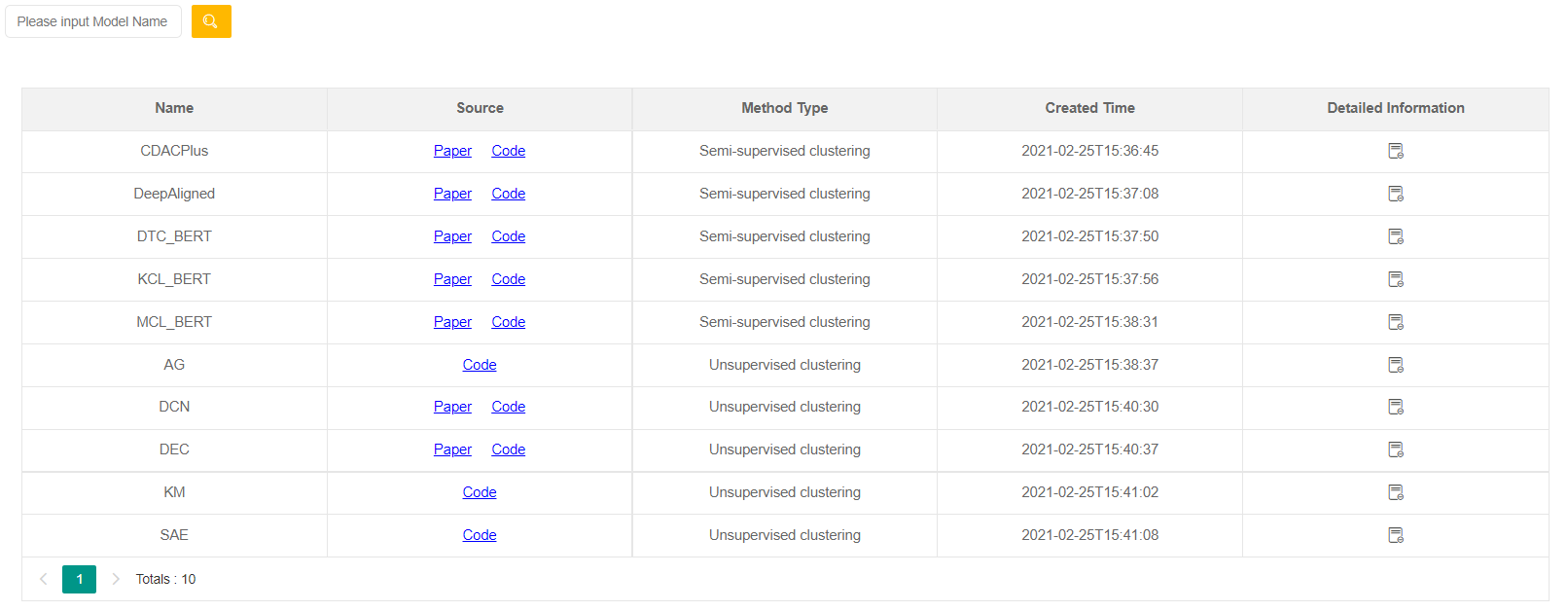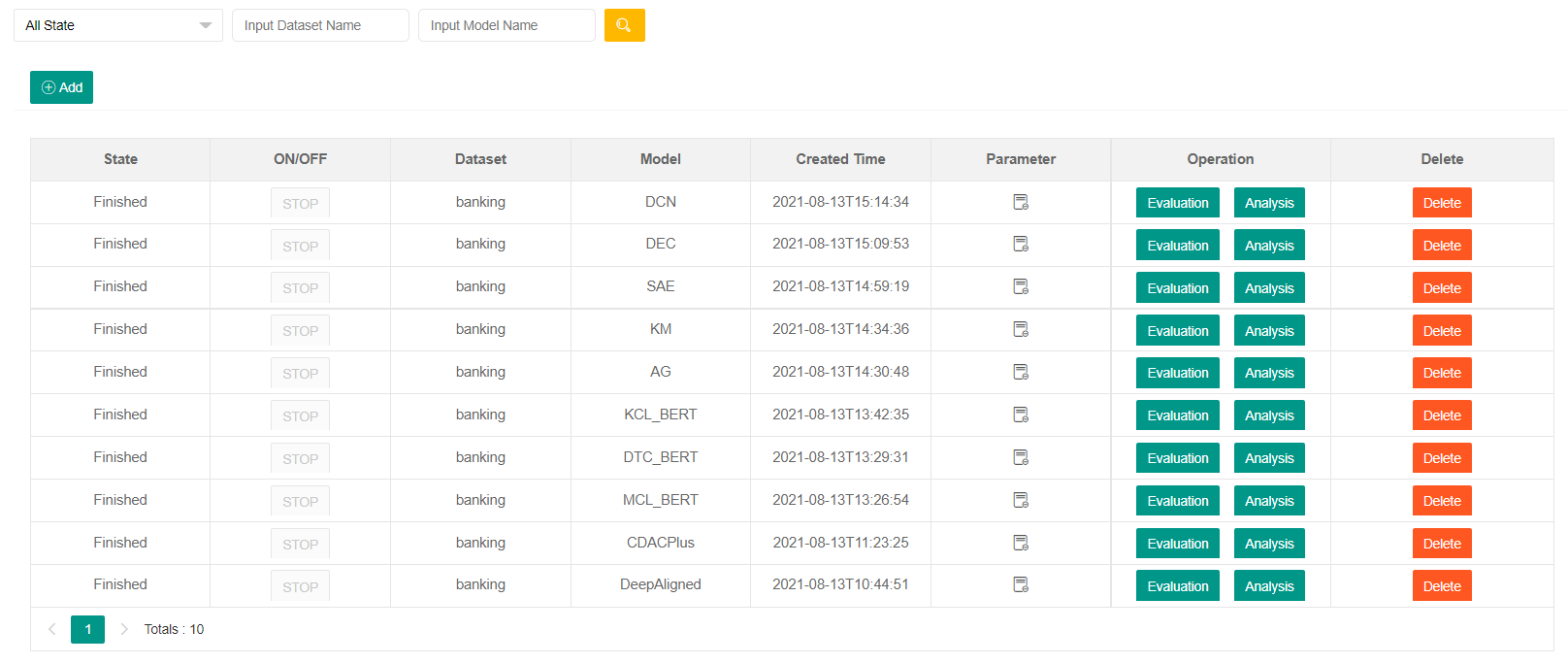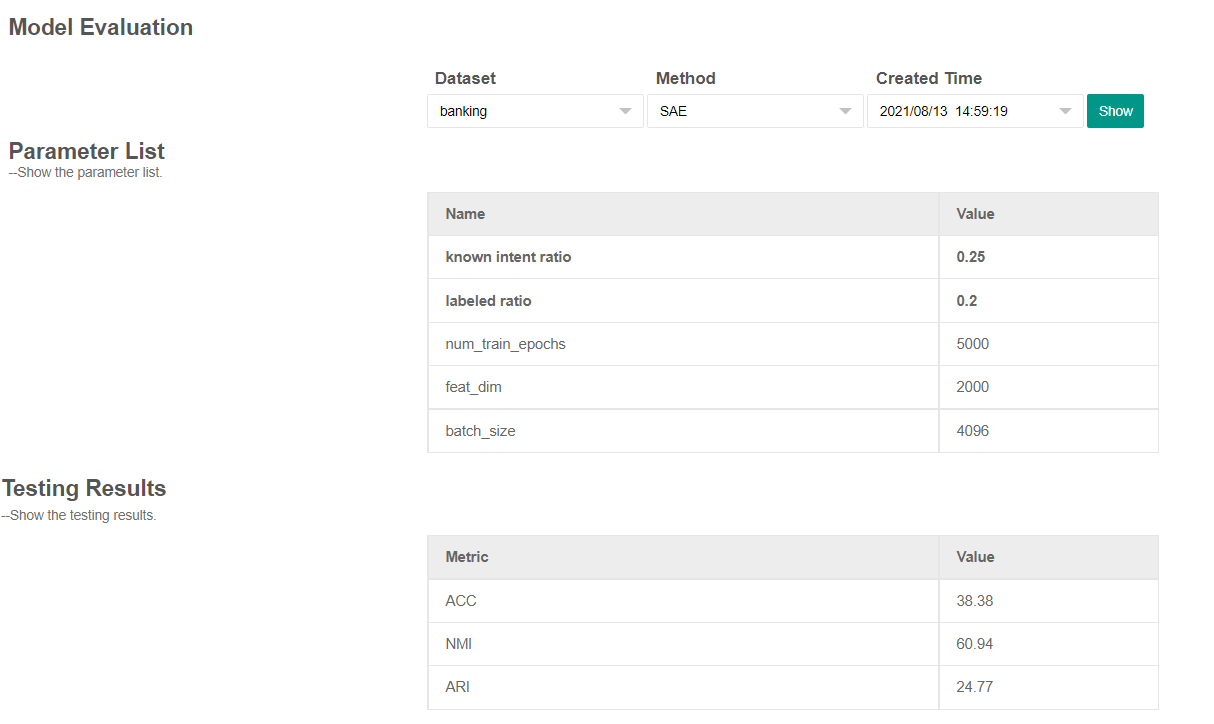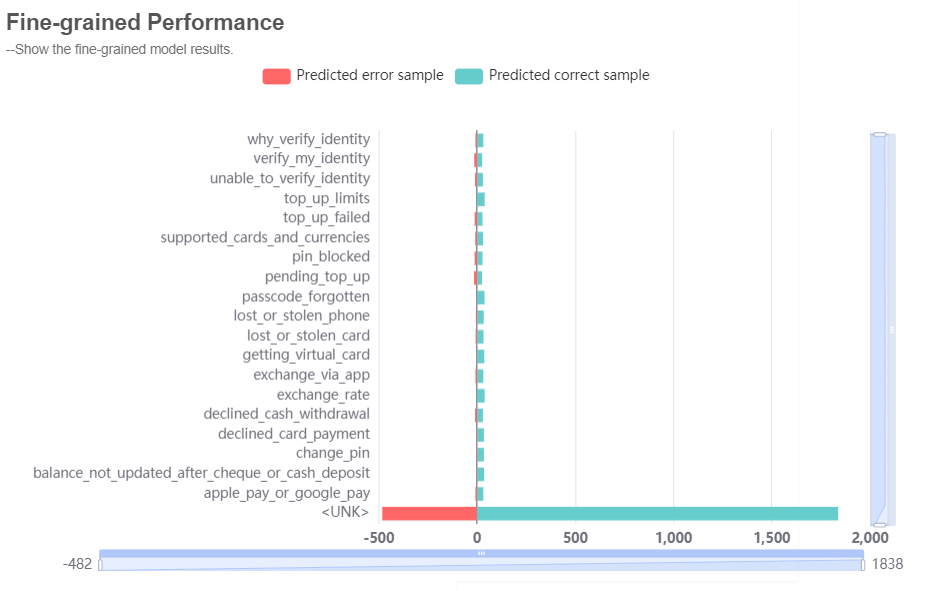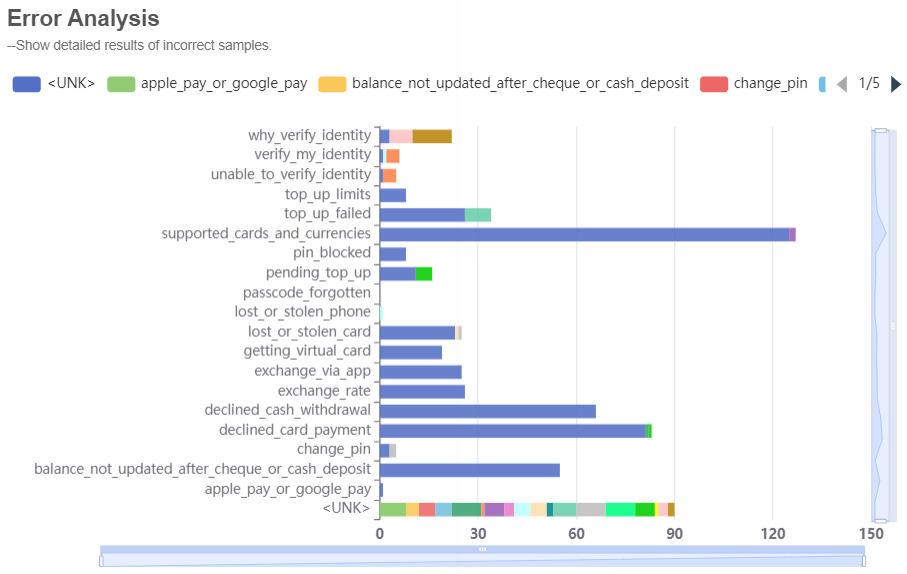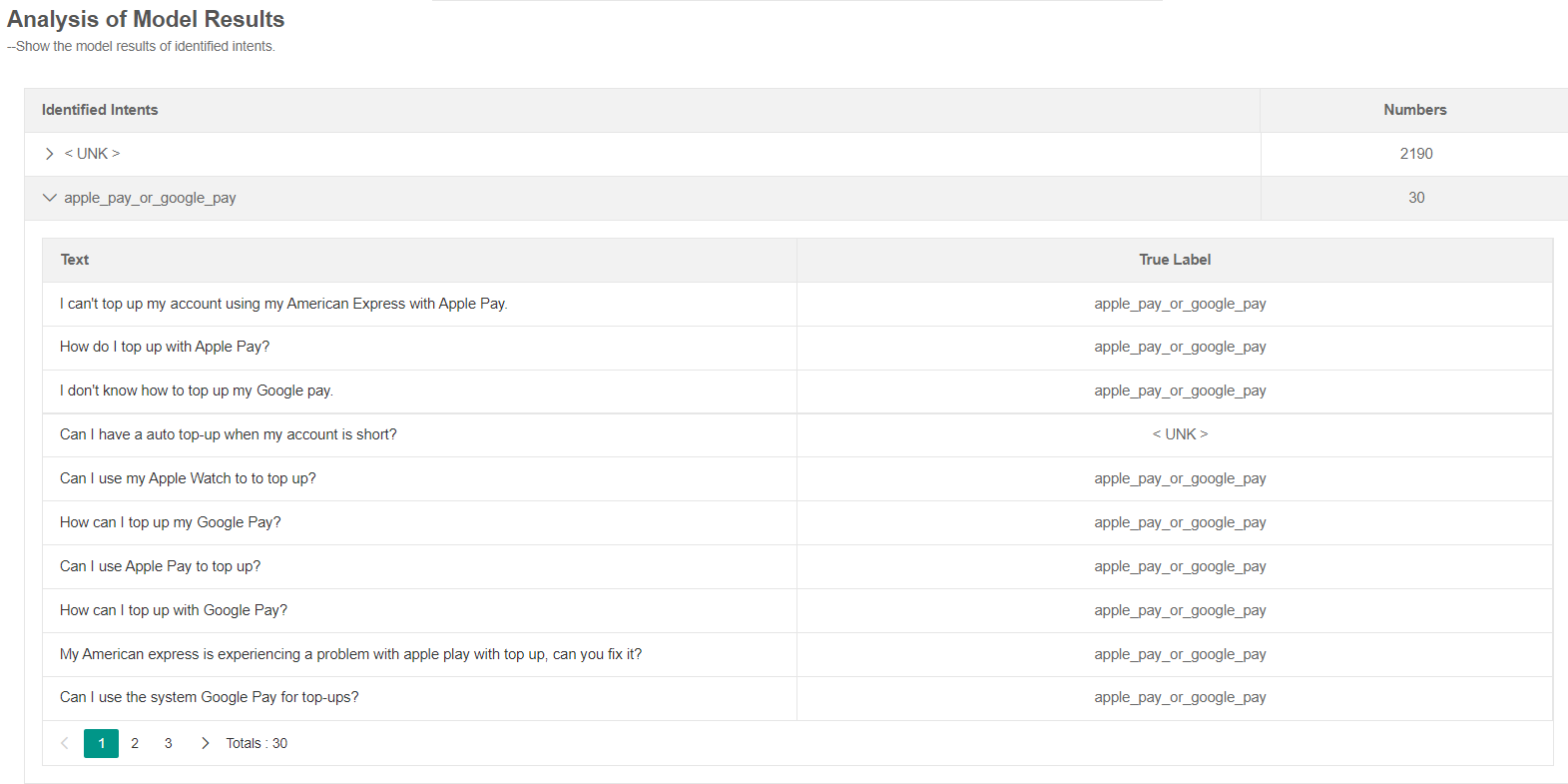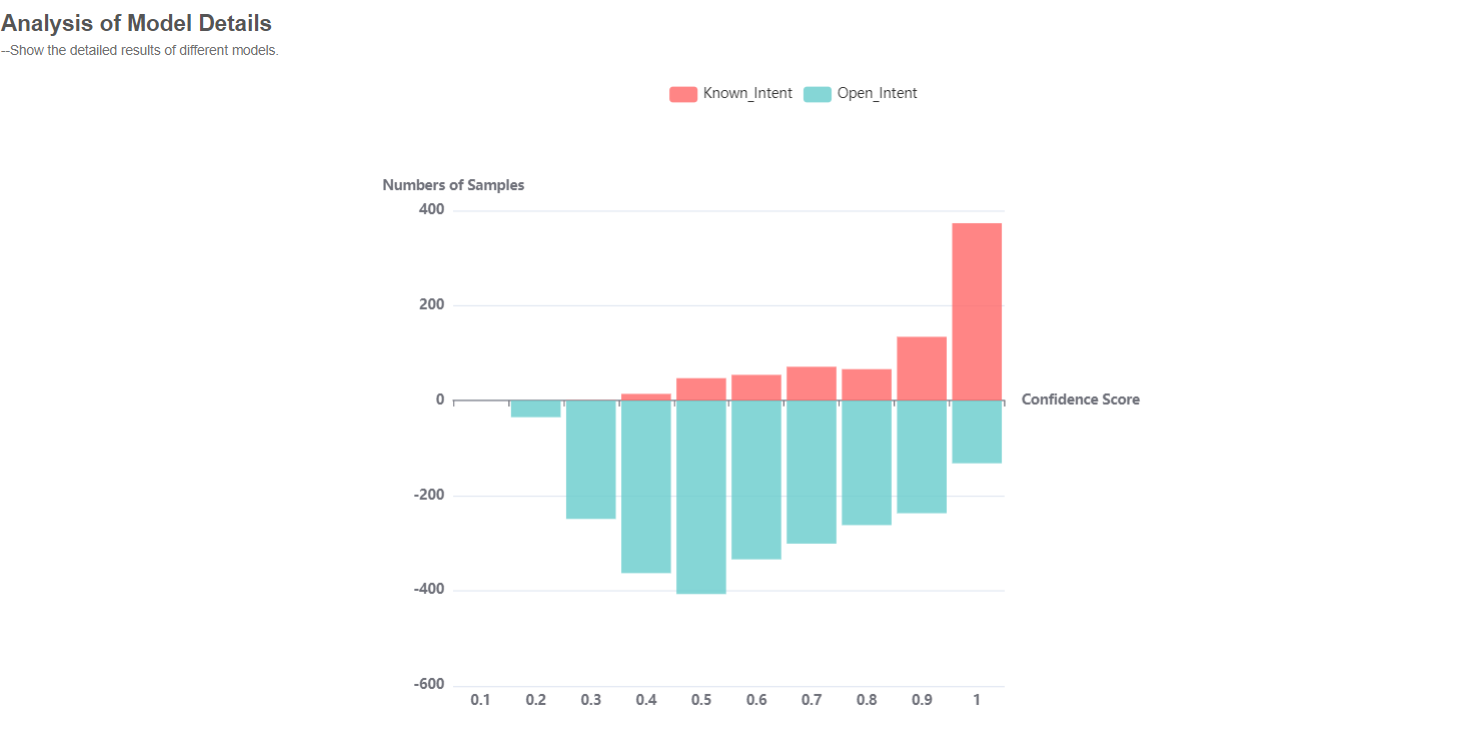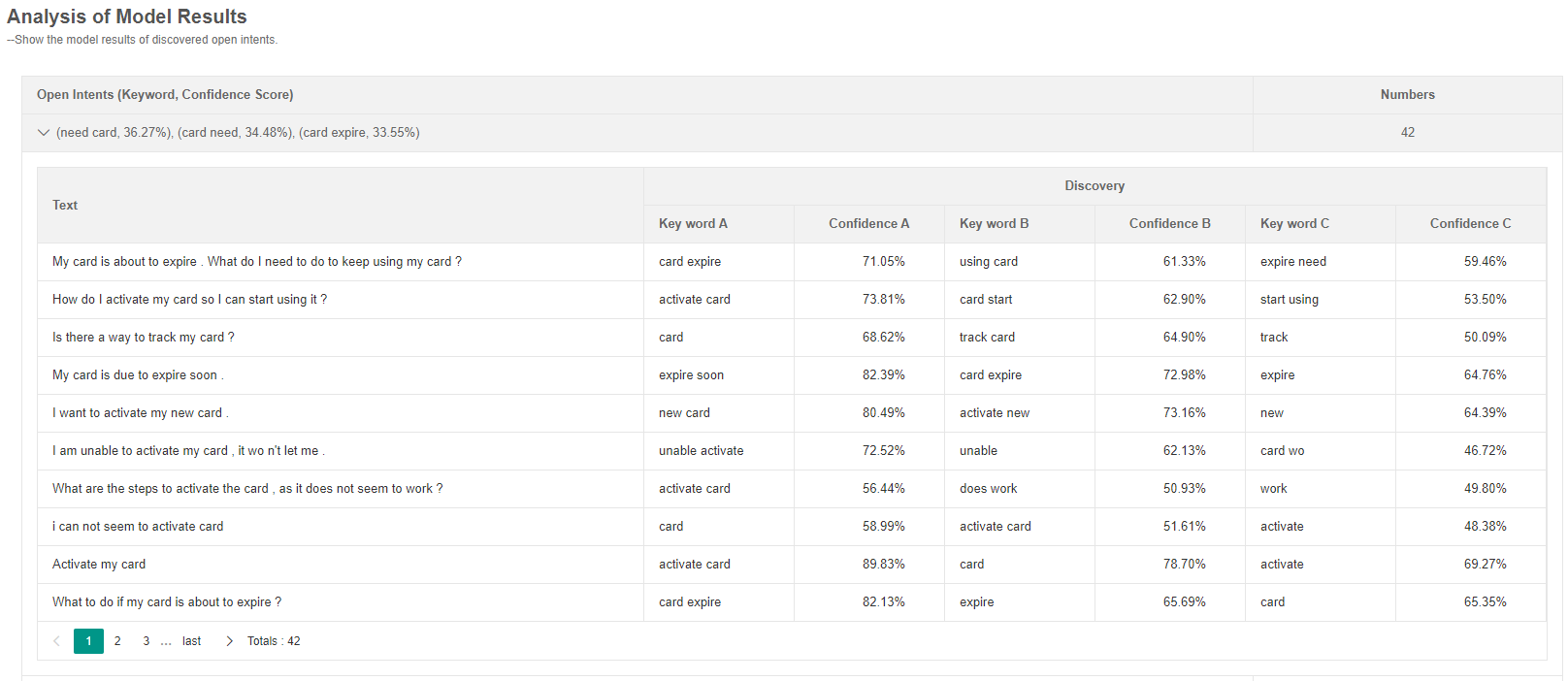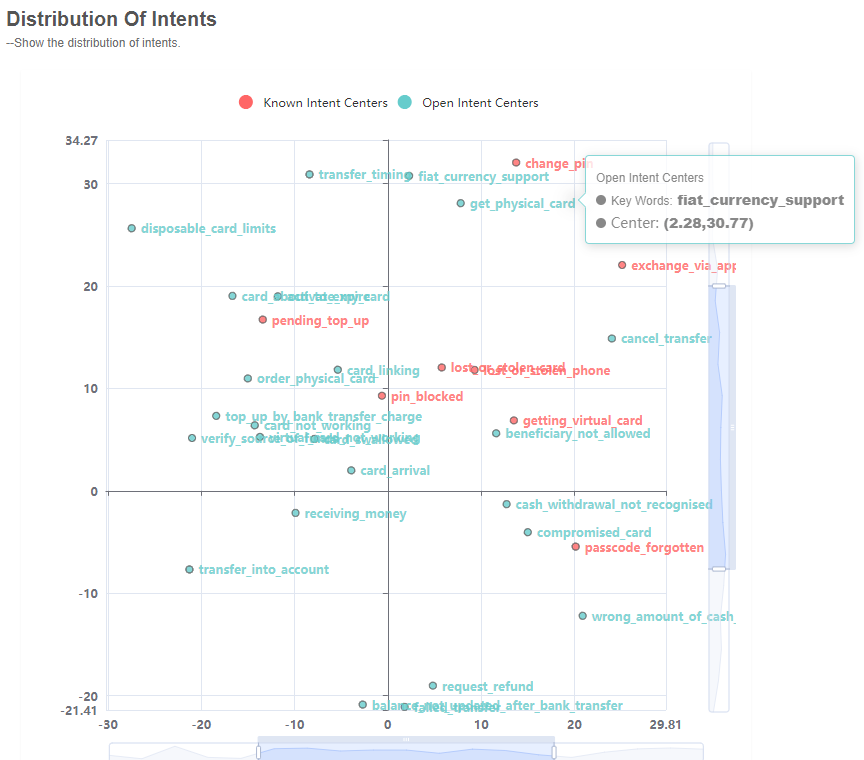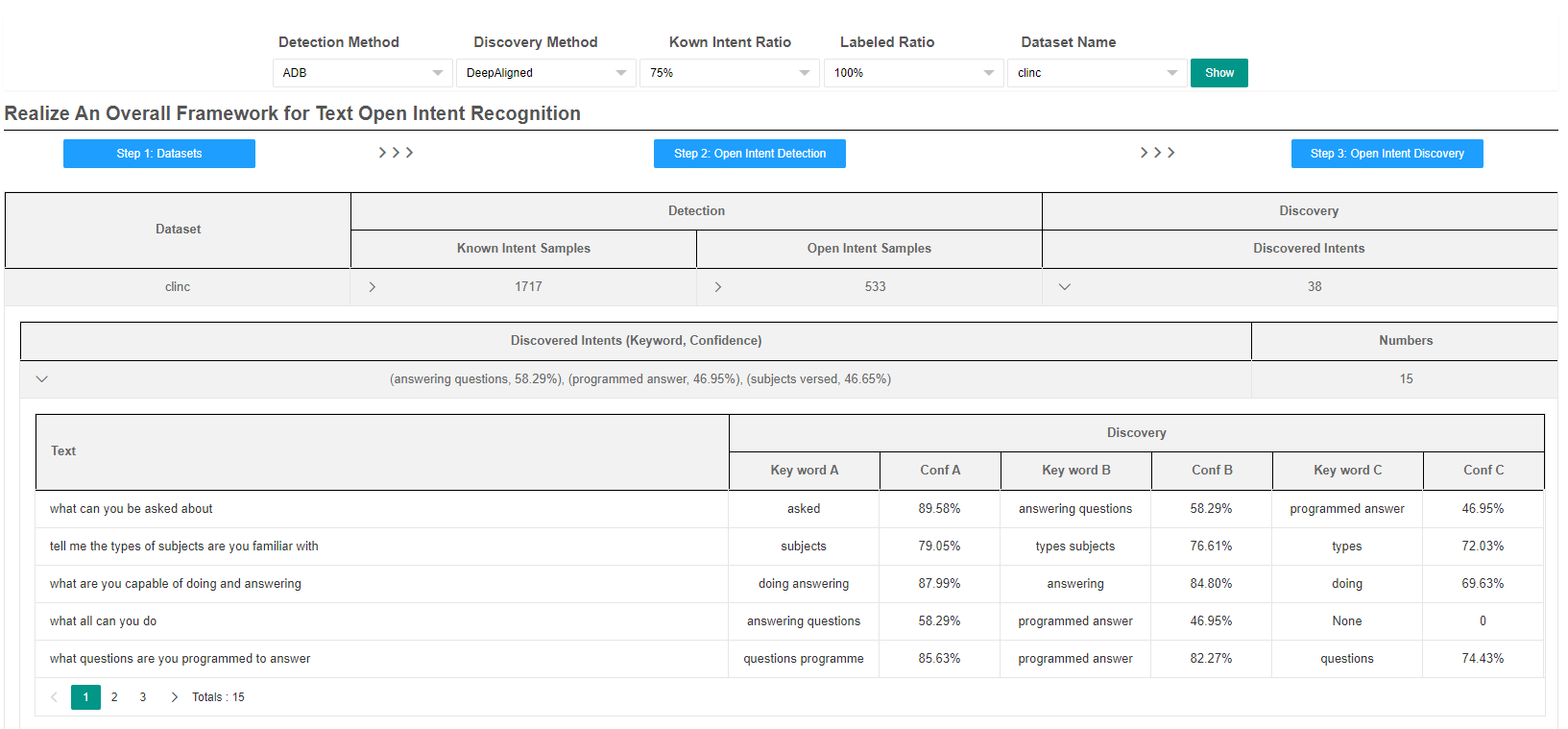TEXOIR is the first integrated and visualized platform for text Open Intent Recognition. It contains a pipeline framework to perform open intent detection and open_intent_discovery simultaneously. It also consists of a visualization system to demonstrate the whole process of the two sub-modules and the pipeline framework. We also release the toolkit (continue updating) in the repo TEXTOIR.
If you are interested in this work, and want to use the codes in this repo, please star and fork this repo, and cite our ACL 2021 demo paper:
@inproceedings{zhang-etal-2021-textoir,
title = "{TEXTOIR}: An Integrated and Visualized Platform for Text Open Intent Recognition",
author = "Zhang, Hanlei and
Li, Xiaoteng and
Xu, Hua and
Zhang, Panpan and
Zhao, Kang and
Gao, Kai",
booktitle = "Proceedings of the 59th Annual Meeting of the Association for Computational Linguistics and the 11th International Joint Conference on Natural Language Processing: System Demonstrations",
year = "2021",
pages = "167--174",
}
The demmonstration video is shown on YouTube.
We propose a pipeline scheme to finish the whole process of both identifying known intents and discovering open intents. First, we prepare the intent data for the two modules (open intent detection and open intent discovery) with the assigned labeled ratio and known intent ratio. Then, we set the hyper-parameters and prepare the backbone for feature extraction.
After data and model preparation, we use the labeled known intent data to train the selected open intent detection method. The well-trained detection model is used to predict the known intents and detect the open intent. Then, the predicted and labeled known intents are used to train the open intent discovery model. The well-trained discovery model further cluster the open intent into fine-grained intent-wise classes.
Finally, we combine the predicted results of the two modules, containing the identified known intents and discovered open-intent clusters. We extract top-3 key-words as the reference intents of each open-intent cluster.
More related papers and resources can be seen in our previously released reading list.
The visualized platform contains four parts, data management, open intent detection, open intent discovery and open intent recognition. The
The TEXTOIR visualized platform:
We integate four benchmark intent datasets as follows:
The visualized interface is convenient to add new datasets, edit the related information, delete or search current datasets.
This module integrates five advanced open intent detection methods:
- Deep Open Intent Classification with Adaptive Decision Boundary (ADB, AAAI 2021)
- Deep Unknown Intent Detection with Margin Loss (DeepUnk, ACL 2019)
- DOC: Deep Open Classification of Text Documents (DOC, EMNLP 2017)
- A Baseline For Detecting Misclassified and Out-of-distribution Examples in Neural Networks (MSP, ICLR 2017)
- Towards Open Set Deep Networks (OpenMax, CVPR 2016)
This module integrates ten typical open intent discovery methods:
- Semi-supervised Clustering Methods
- Discovering New Intents with Deep Aligned Clustering (DeepAligned, AAAI 2021)
- Discovering New Intents via Constrained Deep Adaptive Clustering with Cluster Refinement (CDAC+, AAAI 2020)
- Learning to Discover Novel Visual Categories via Deep Transfer Clustering (DTC*, ICCV 2019)
- Multi-class Classification Without Multi-class Labels (MCL*, ICLR 2019)
- Learning to cluster in order to transfer across domains and tasks (KCL*, ICLR 2018)
- Unsupervised Clustering Methods
- Towards K-means-friendly Spaces: Simultaneous Deep Learning and Clustering (DCN, ICML 2017)
- Unsupervised Deep Embedding for Clustering Analysis (DEC, ICML 2016)
- Stacked auto-encoder K-Means (SAE-KM)
- Agglomerative clustering (AG)
- K-Means (KM)
Our platform supports training the algorithms in two modules. Users can add a new training record by assigning the method, dataset, known intent ratio and labeled ratio. Moreover, users can set the hyper-parameters when choosing different methods.
After training starts, users can monitor the training status (finished or failed), observe the set training information, and jump to the evaluation and analysis module corresponding to the training record.
Example of training for open intent detection:
Example of training for open intent discovery:
In this module, we show the basic information about the training record, the training results (loss and validation score), the testing results. Moreover, the fine-grained performance of each class and the corresponding error analysis.
- Example of training parameters and testing results:
- Example of training results:
- Example of fine-grained performance:
- Example of error analysis:
In this module, we first show the fine-grained predicted results of each sample. Then, we visualize the evaluation results from multiple views of according to the features of different methods.
We divide the methods into threshold-based methods and geometrical feature based methods. Threshold-based methods are shown in the format of probability distribution. Geometrical feature based methods show the intent features of different points.
- Example of analysis table:
As we adopt clustering methods (semi-supervised and unsupervised) in this module, we obtain clusters of each discovered open intent. We extract the top-3 high-confidence keywords for each cluster and each sample. The distribution of cluster centroids is shown in the 2D plane.
This module visualizes the results of the pipeline framework. It shows the identified known intents and the detected open intent from the open intent detection module, and the discovered open intents (keywords with confidence scores) from the open intent discovery module.
Example of open intent recognition:
- Use anaconda to create Python (version >= 3.6) environment:
conda create --name textoir python=3.6
conda activate textoir
- Install PyTorch (Cuda version 11.2):
conda install pytorch torchvision torchaudio cudatoolkit=11.0 -c pytorch -c conda-forge
- Install MySQL:
sudo apt-get install mysql-server
sudo apt-get install mysql-client
sudo apt-get install libmysqlclient-dev
pip install mysqlclient
pip install pymysql
- Login MySQL with root:
$ mysql -u root -p
- Create a database and make configuration:
mysql> CREATE DATABASE ds;
mysql> CREATE USER ds IDENTIFIED BY 'your password';
mysql> GRANT ALL PRIVILEGES ON ds.* TO ds@`%`;
mysql> FLUSH PRIVILEGES;
- Connect database and framework in the settings.py:
DATABASES = {
'default': {
'ENGINE': 'django.db.backends.mysql',
'HOST': 'your ip',
'PORT': '3306',
'NAME': 'ds',
'USER': root,
'PASSWORD': 'your password,
}
}
- Clone the TEXTOIR-DEMO repository:
git@github.com:HanleiZhang/TEXTOIR-DEMO.git
cd TEXTOIR-DEMO
- Install related environmental dependencies
Open intent detection:
cd open_intent_detection
pip install -r requirements.txt
Open intent discovery:
cd open_intent_discovery
pip install -r requirements.txt
- Run frontend interfaces:
cd frontend
python manage.py runserver 0.0.0.0:8080
- Run open intent recognition examples:
cd pipeline
sh examples/run_ADB_DeepAligned.sh
Contributors: Hanlei Zhang, Xiaoteng Li, Xin Wang, Panpan Zhang, and Kang Zhao.
Supervisor: Hua Xu.
If you have any questions, feel free to open issues and pull request. Please illustrate your problems as detailed as possible. If you want to integrate your method in our repo, please contact us (zhang-hl20@mails.tsinghua.edu.cn).




